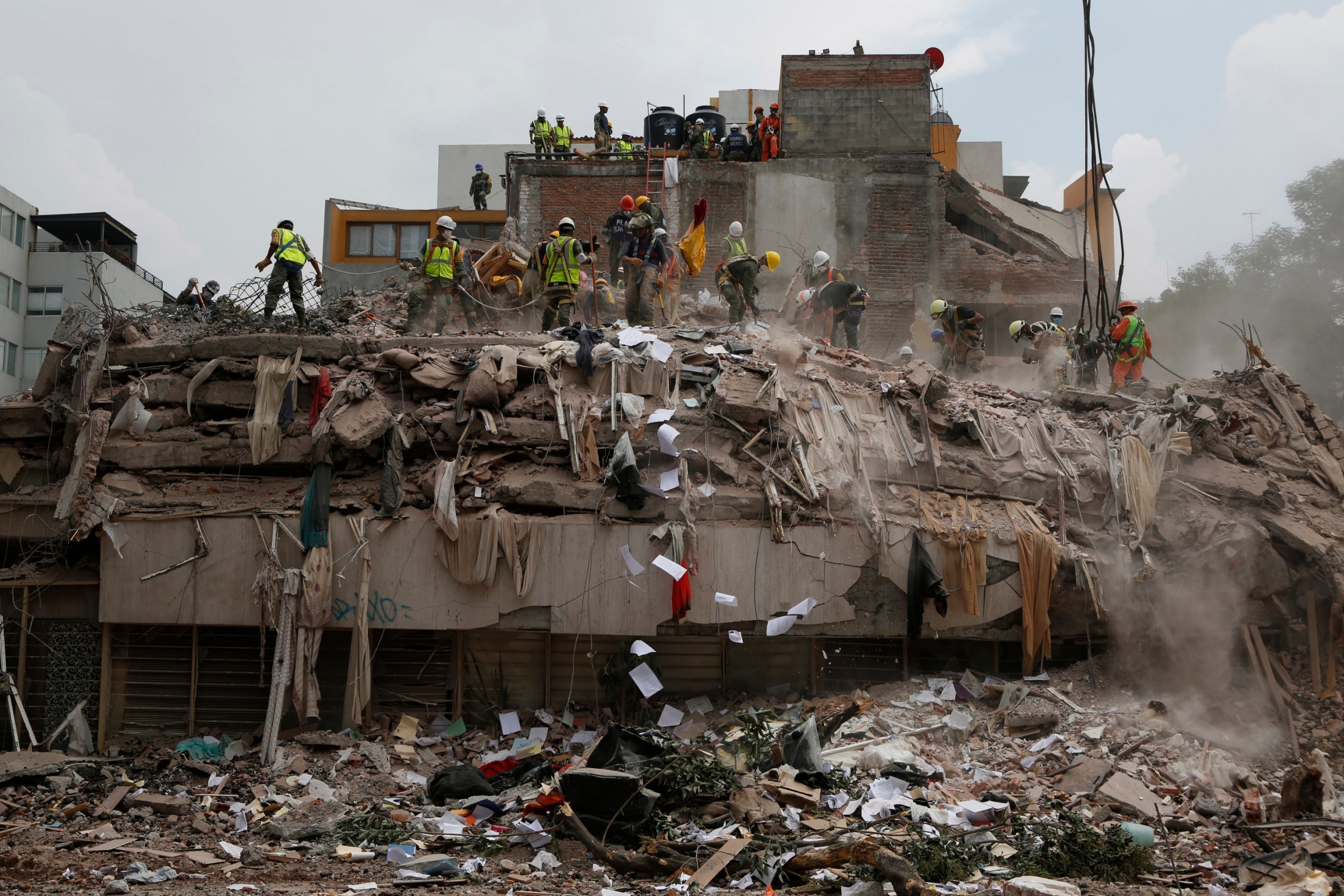This website uses cookies so that we can provide you with the best user experience possible. Cookie information is stored in your browser and performs functions such as recognising you when you return to our website and helping our team to understand which sections of the website you find most interesting and useful.

Large shallow earthquakes appear to follow a mathematical pattern known as the “Devil’s Staircase”, according to a new study, where clusters are spaced out in long but irregular intervals of inactivity.
The finding differs from classical models which suggest earthquakes are periodic due to cycles of build-up and release of tectonic stress, the Seismological Society of America (SSA) reported.
The new data was published in the Bulletin of the Seismological Society of America by a group of scientists from the Department of Geological Sciences at the University of Missouri.
The Devil’s Staircase pattern was evident in large earthquakes in the US’s Great Basin, spanning Nevada, much of Oregon and Utah, and parts of California, Idaho, and Wyoming. The pattern was also discovered in Australia, on the Africa-Eurasia plate boundary off the coast of western Algeria, along the Dead Sea Transform Fault, and potentially in the New Madrid seismic zone of the central US, said one researcher, Dr Mian Liu. The patterns vary from region to region.
The author of the study, Yuxuan Chen, told SSA, that periodic large earthquake sequences are relatively rare.
Dr Liu, Chen’s PhD advisor, learned of the Devil’s Staircase in an unexpected way – by reading a UCLA study of the temporal pattern of a serial killer from the former Soviet Union, Andrei Chikatilo. He murdered 53 people from 1978 until he was arrested in 1990, with his killings separated by the shortest interval of three days and at the longest, 986 days.
The UCLA mathematicians suggested that the serial killer’s pattern of murders conformed closely to the ‘Devil’s Staircase’ because Chikatilo was in a “rhythm”, driven by neurons firing in his brain.
Dr Liu told SSA: “The time pattern of his killings is a Devil’s staircase. The researchers were trying to understand how the criminal’s mind worked, how neurons stimulate each other in the brain. I was intrigued because I realised that earthquakes work in a similar way, that a fault rupture could stimulate activity on other faults by stress transfer.”
The new results could have an effect on assessing the probability of when earthquakes will happen.
The researchers found that these large earthquake sequences, of 6.0 or greater on the Richter scale, are “burstier” than expected, they told SSA.
This means there is a higher probability of repeating seismic events soon after a large earthquake but that the irregular gaps between them makes it more difficult to predict when the next big one will come.
Gang Luo of Wuhan University, who was part of the study, noted that the intervals appear to be inversely related to the background tectonic strain rate – how fast the lithosphere (the outer solid part of the earth) is being deformed from plate tetonic movement.



 Africana55 Radio
Africana55 Radio 

